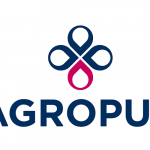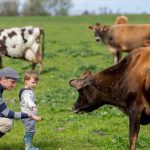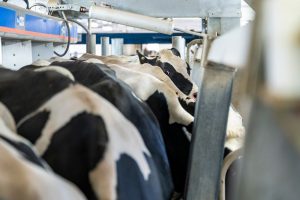
In response to the growing impact of the H5N1 avian influenza outbreak on the dairy industry, the US Department of Agriculture (USDA) has announced the expansion of its Emergency Assistance for Livestock, Honeybees and Farm-raised Fish Program (ELAP) to provide financial support to eligible dairy producers.
The updated ELAP programme will now cover a portion of the financial losses incurred by dairy producers due to reduced milk production when cattle are removed from commercial milking operations after a confirmed positive H5N1 test. This move aims to help sustain the economic viability of dairy producers affected by the virus.
“USDA remains committed to working with producers, state veterinarians, animal health professionals, and our federal partners as we continue to detect the presence of H5N1 in dairy herds and take additional measures to contain the spread of the disease,” said Agriculture Secretary Tom Vilsack.
He added: “When something unexpected, like H5N1, threatens the economic stability of the producers we serve, we are committed to finding ways, where we have the authority to do so, to revisit existing program policies and provide the financial support needed to help producers recover and sustain production.”
The H5N1 virus has been detected in 12 states, including Colorado, Idaho, Iowa, Kansas, Michigan, Minnesota, New Mexico, North Carolina, Ohio, South Dakota, Texas and Wyoming.
Dairy producers across the country are urged to remain vigilant and follow established biosecurity, detection, and testing guidelines provided by the USDA’s Animal and Plant Health Inspection Service (APHIS).
To be eligible for ELAP assistance, dairy producers must have a confirmed positive H5N1 test from the USDA’s National Veterinary Services Laboratories (NVSL) and have removed their milk-producing, lactating cows from commercial production during the 14-day period before the positive test date through 120 days after the positive test date.
By expanding the ELAP programme, the USDA aims to alleviate the financial burden on dairy farmers and ensure the continued resilience of the sector.
You can now read the most important #news on #eDairyNews #Whatsapp channels!!!
🇺🇸 eDairy News INGLÊS: https://whatsapp.com/channel/0029VaKsjzGDTkJyIN6hcP1K
























